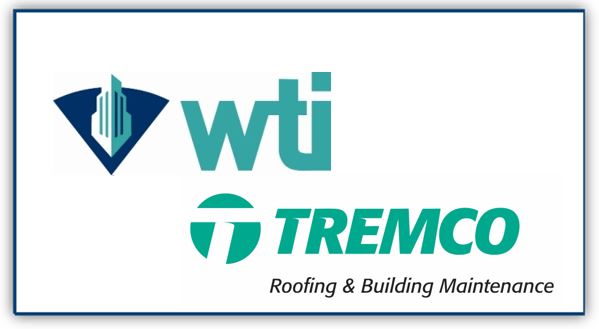Winter Maintenance—Articulating Cranes and Boom Trucks

By Mike Noonan for Chicago Roofing Contractors Association.
Winter is the best time to perform preventative maintenance on these expensive pieces of equipment.
For roofing contractors and other construction trades, the purchase of an Articulating Crane (Knuckle Boom), Aerial Work Platform, or other lifting equipment is one of the largest decisions made.
Maintaining that investment is key to prolonging the life of the equipment. What type of preventative maintenance should be done during the winter to keep this important and valuable piece of equipment working, and extend the life for many years to come?
With winter officially upon contractors throughout the U.S., this is a great opportunity to take some additional time to clean your equipment. Keep your equipment inside if space is permitting, shielding from snow and the elements. Don’t forget to clean the outside of the crane, paying special attention to the undercarriage, as salt will erode this area, causing costly repairs in the future. Washing your equipment is not solely a Winter maintenance requirement. During the warmer and busier seasons, it is also recommended to wash the equipment once a week as well.

Maintenance Inspection
Now that your equipment is clean, take the time to perform a maintenance inspection. Plus, routine inspections can help identify potential problems and address them before a costly or irreversible incident occurs.
Every crane should be supplied with a manufacturers’ service manual. Use this important tool as your equipment’s guide to daily, weekly, and monthly inspections. Following the manufacturer’s recommendations, perform the inspections, while recording problems clearly in a maintenance logbook. Perform the inspection while the engine is off and then again while the engine is running. Inspections with the engine off can help identify obvious problems and give you a chance to correct them before starting the engine, and potentially harming others.
What to Look For?
Crane Structure
- Boom Structure – check for cracks or stress integrity, especially in the boom and turret portion. Does it bend beyond normal deflection allowances?
- Any deformities, cracks, corrosion, loose bolts/ rivets, excessive wear on the brake/clutch system, deformed wedges, defective cotter keys, pins or guardrails
- Ladders and Steps
- Operator’s Cab – controls, glass, climate control, seat, seatbelt, wipers, gauges, switches, load chart, manuals
- Tires
- Electrical Devices
Hydraulic Systems
- Engine oil level
- Hydraulic oil level/Hydraulic cylinders Winter Maintenance—Articulating Cranes and Boom Trucks By Mike Noonan Mike Noonan
- Hydraulic and Air Hose Condition—check for deterioration/leaks
- Lubrication
- Air Cleaners
Operational Aids:
- Safety Devices – Boom backstops, jib stops, crane level indicator, foot brake pedal lock, outrigger jack cylinders, signal horn deflection allowances
- Control Mechanisms – cables, brakes and levels for poor adjustment or excessive wear; accuracy of marking on the load/radius indicator over full range; check for proper operation of all indicators (load moment, boom angle, boom length, etc.)
- Outrigger Float attachment – damaged or missing components
Wire Rope
- Inspection - Regular inspection of wire rope is recommended to pay particular attention to check the integrity of the wire rope, testing the winch winding by unwinding all rope from the hoist drum, inspect sheaves, sockets, dead-ends and all rope hardware (recommended to have your equipment distributor inspect this part)
- Lubrication - Re-lubricate rope to prevent corrosion, wear, friction and dryness. See the service manual for the recommended amount.
OSHA Required Annual Inspection
Note that OSHA requires that all active cranes be inspected annually. How is the anniversary date determined for inspection? How is the inspection date determined? Per OSHA, “The requirement that the inspection be conducted at least every 12 months means that an inspection must be conducted on or before the anniversary date of the last annual inspection.” How to treat if the equipment is not in service on this date? “If the equipment is not in service, the annual inspection would not have to be done at that point. However, the equipment could not be put back into service until the annual inspection had been done.” Many distributors are trained and will provide annual OSHA inspections as well. To learn more about what is required, visit www.OSHA.gov.
Mike Noonan is the Boom Truck and Articulating Crane Specialist for Walter Payton Power Equipment (WPPE). WPPE is a CRCA Member and the largest crane and heavy equipment distributor in the Midwest.
Source: CRCA TODAY Winter 2019 eNews
Learn more about becoming a member of the CRCA.






















Comments
Leave a Reply
Have an account? Login to leave a comment!
Sign In